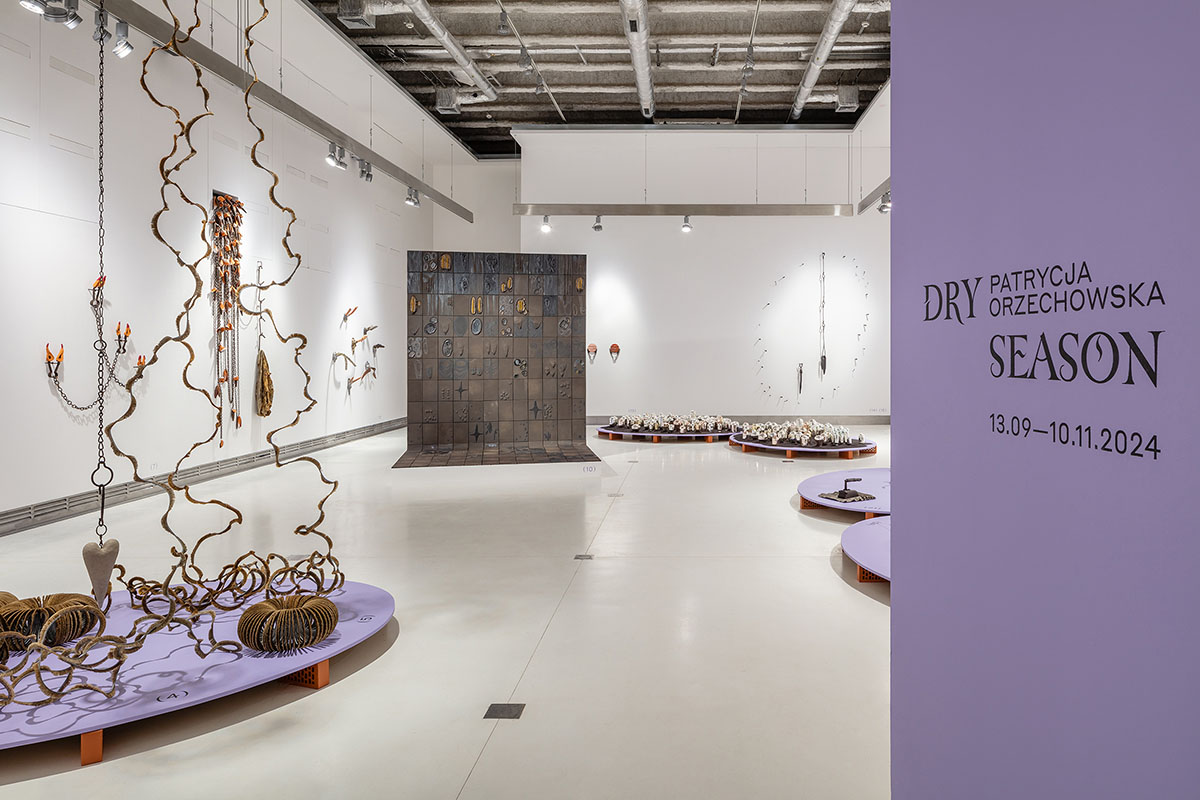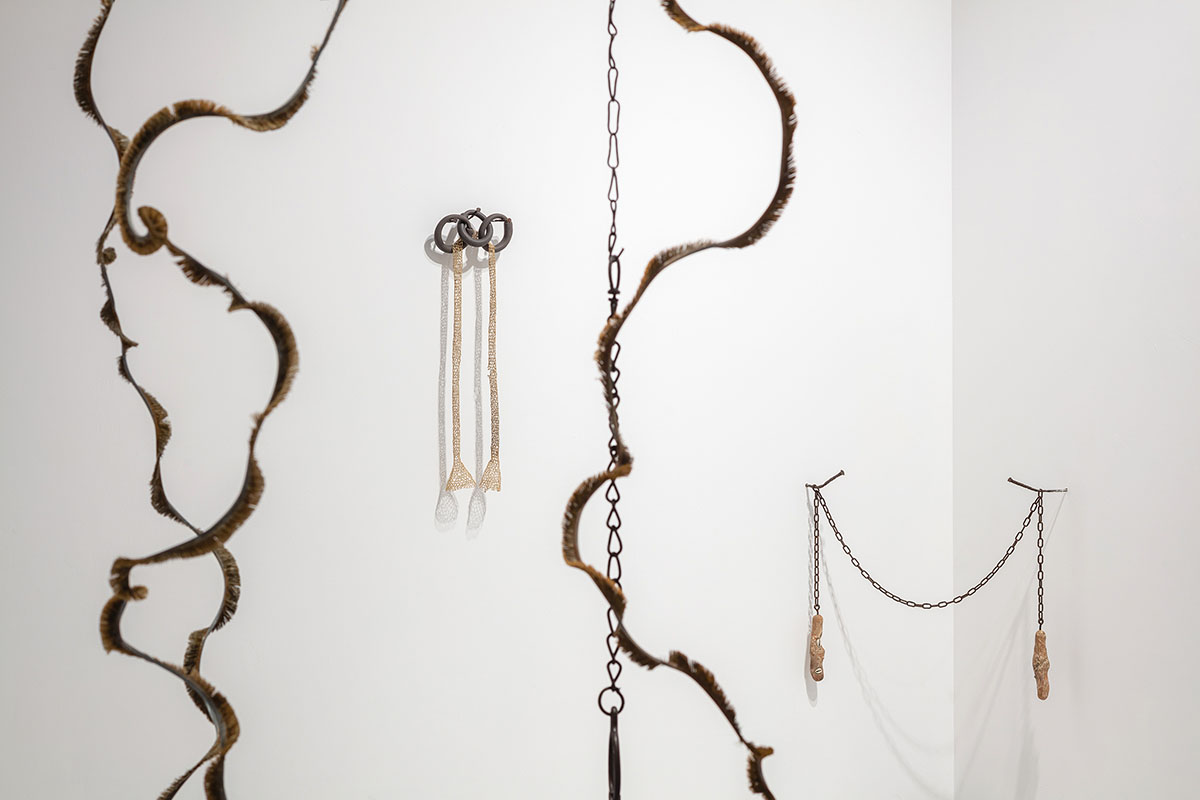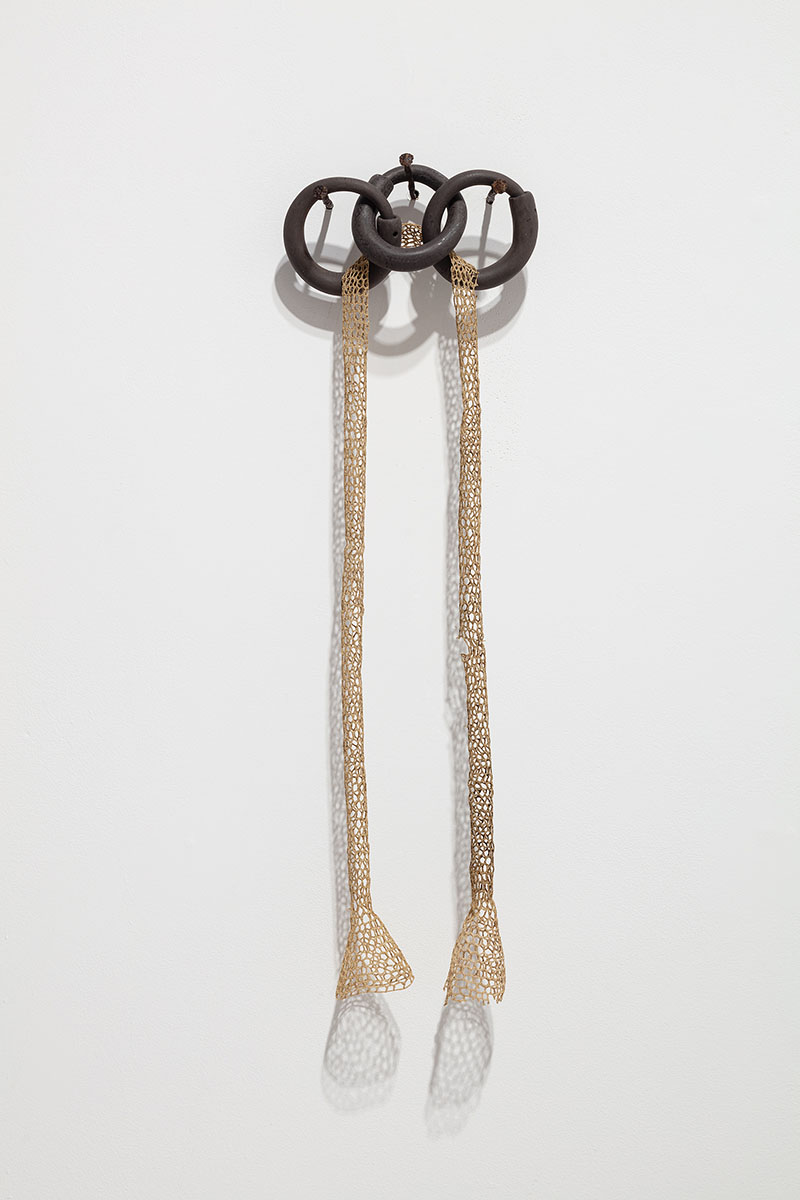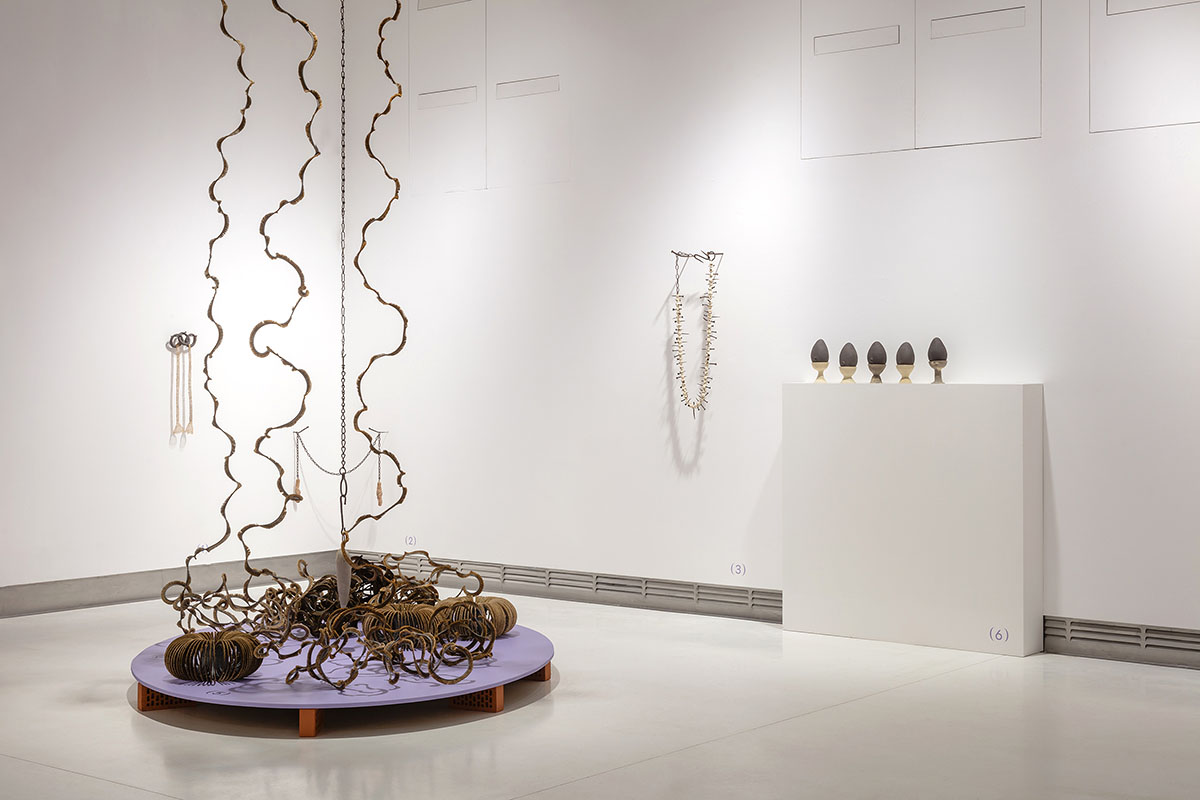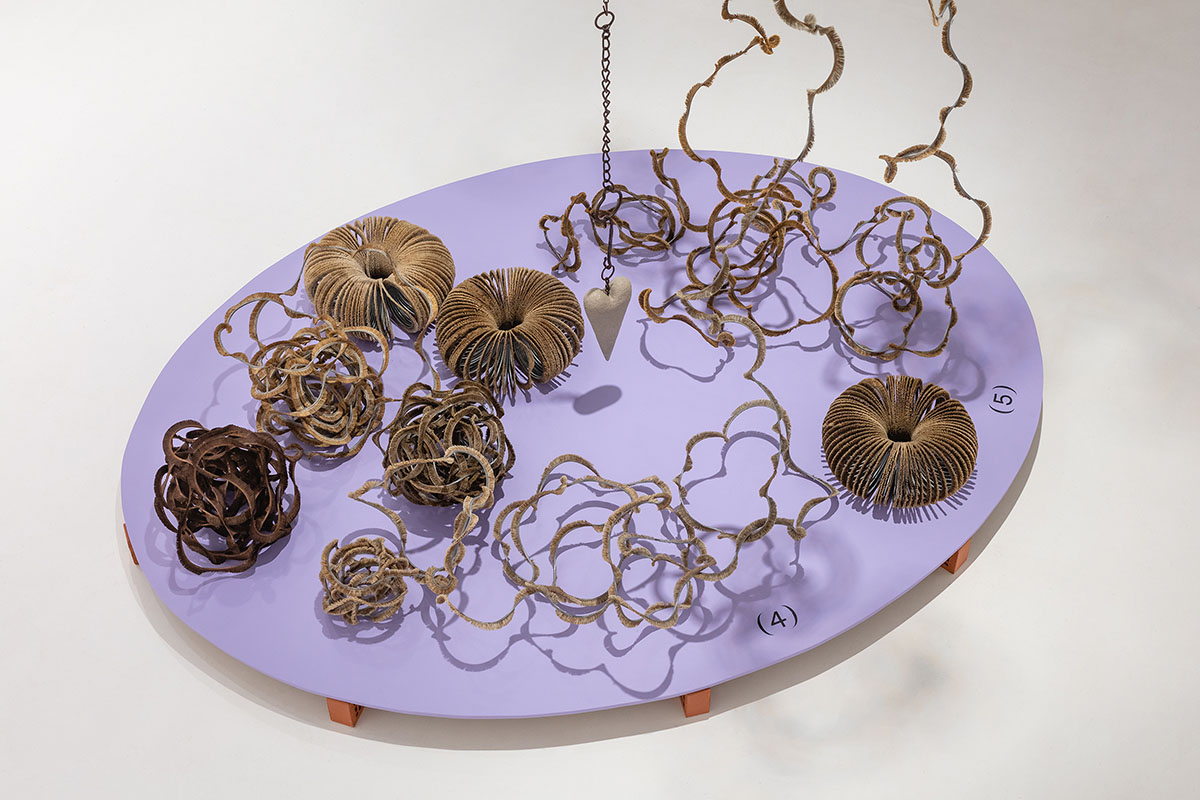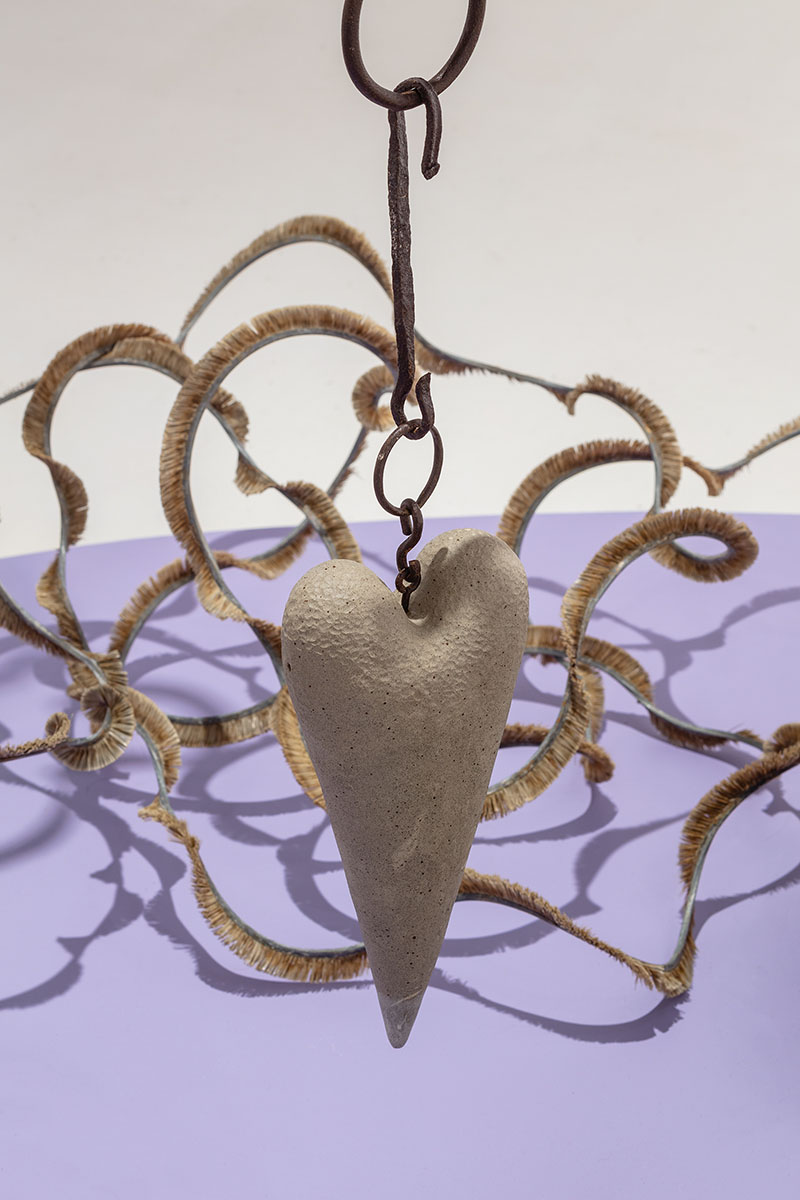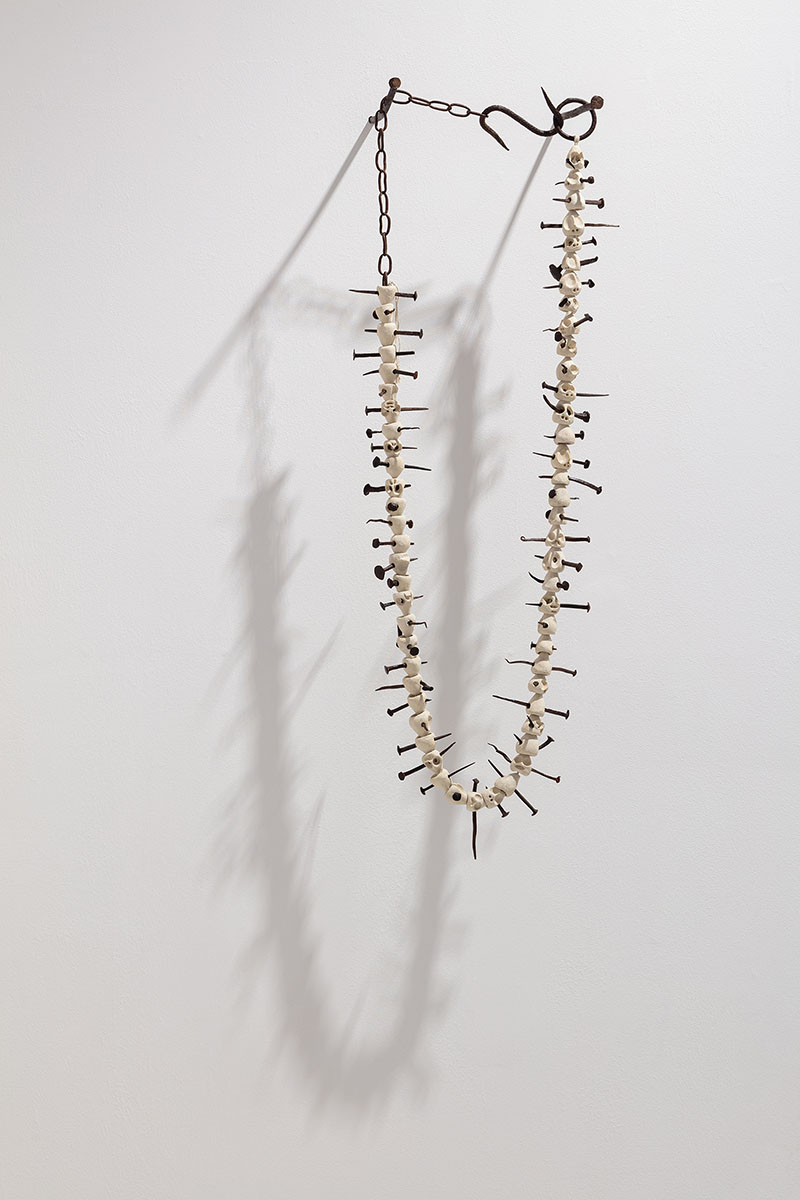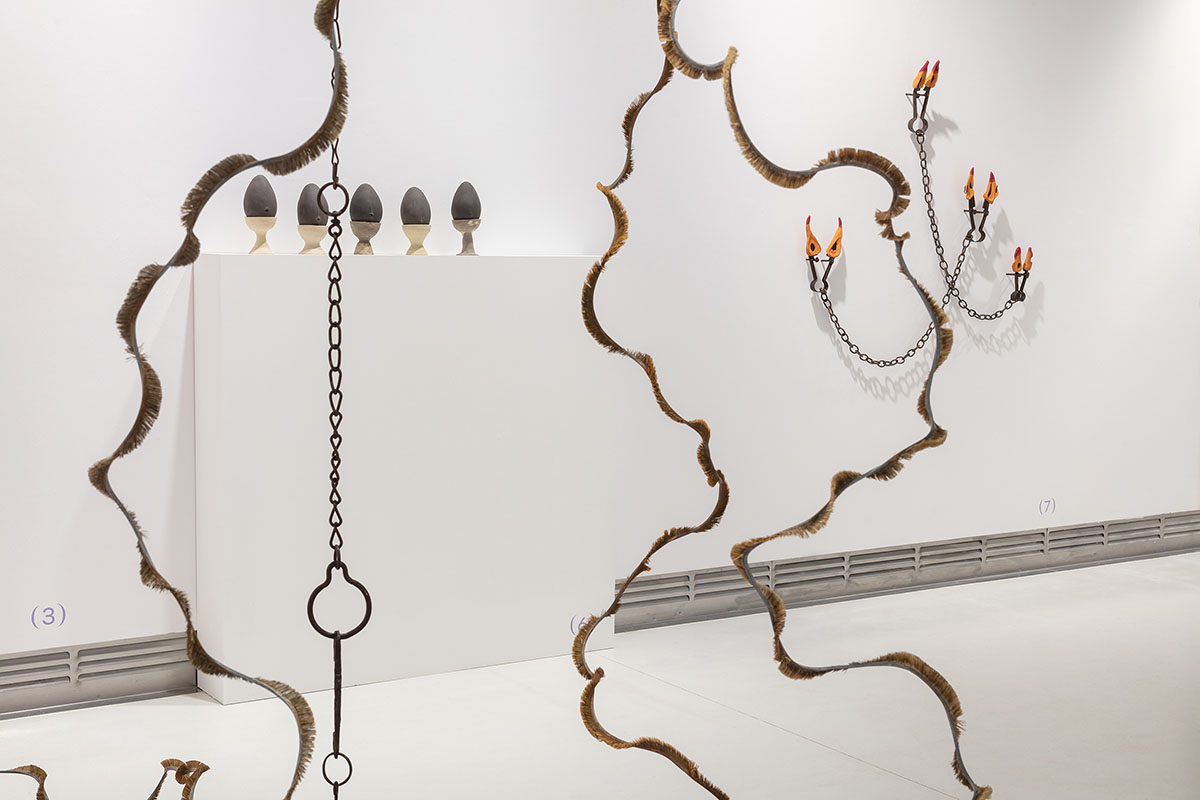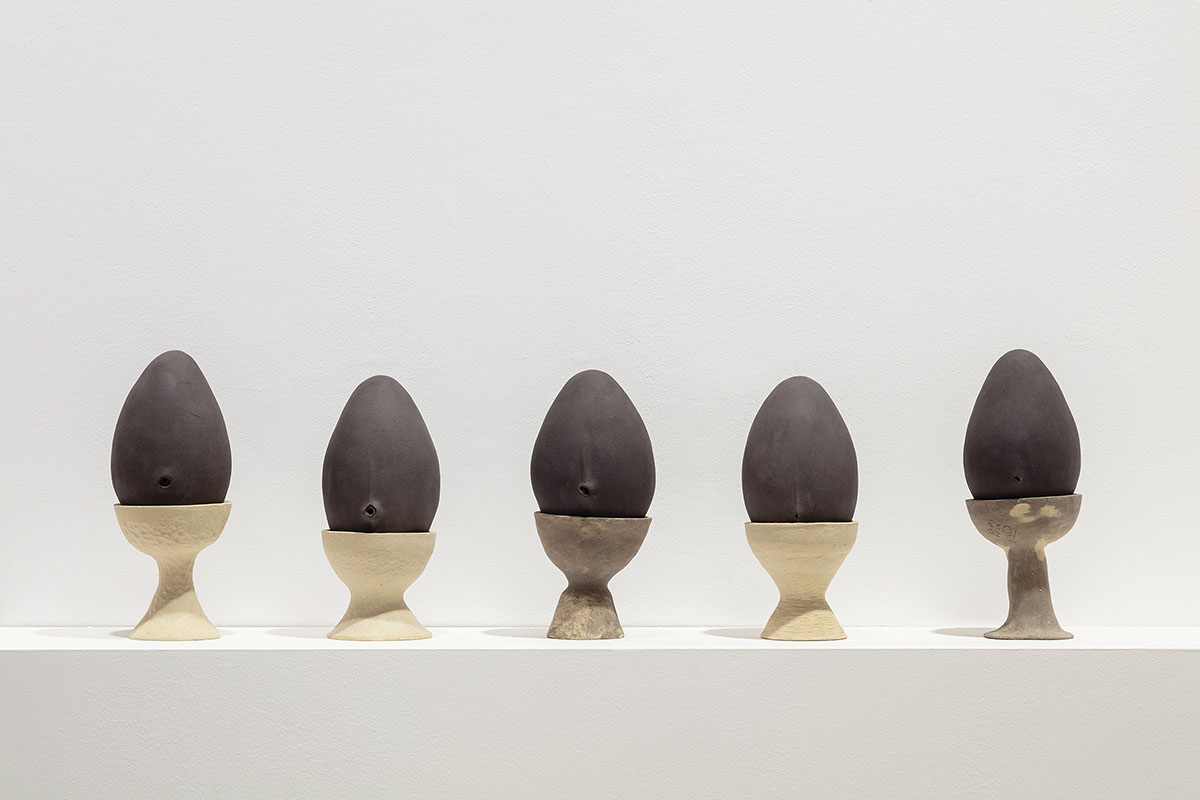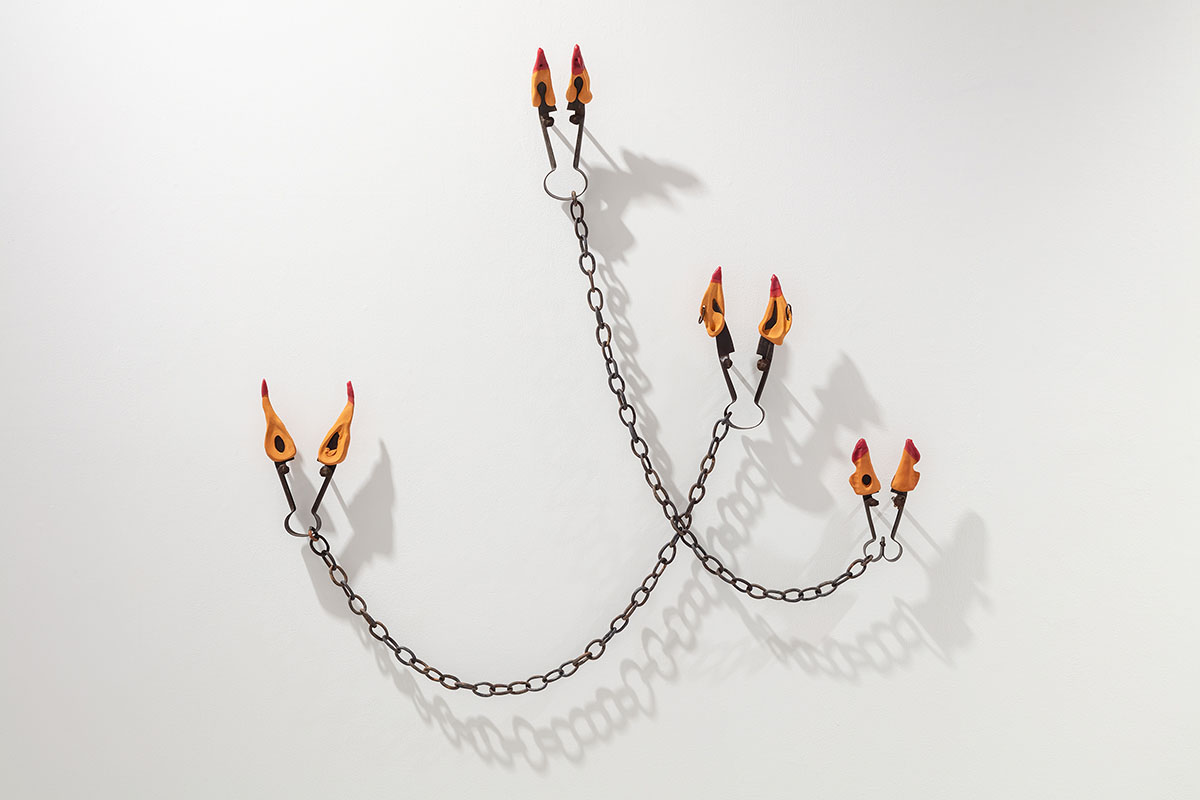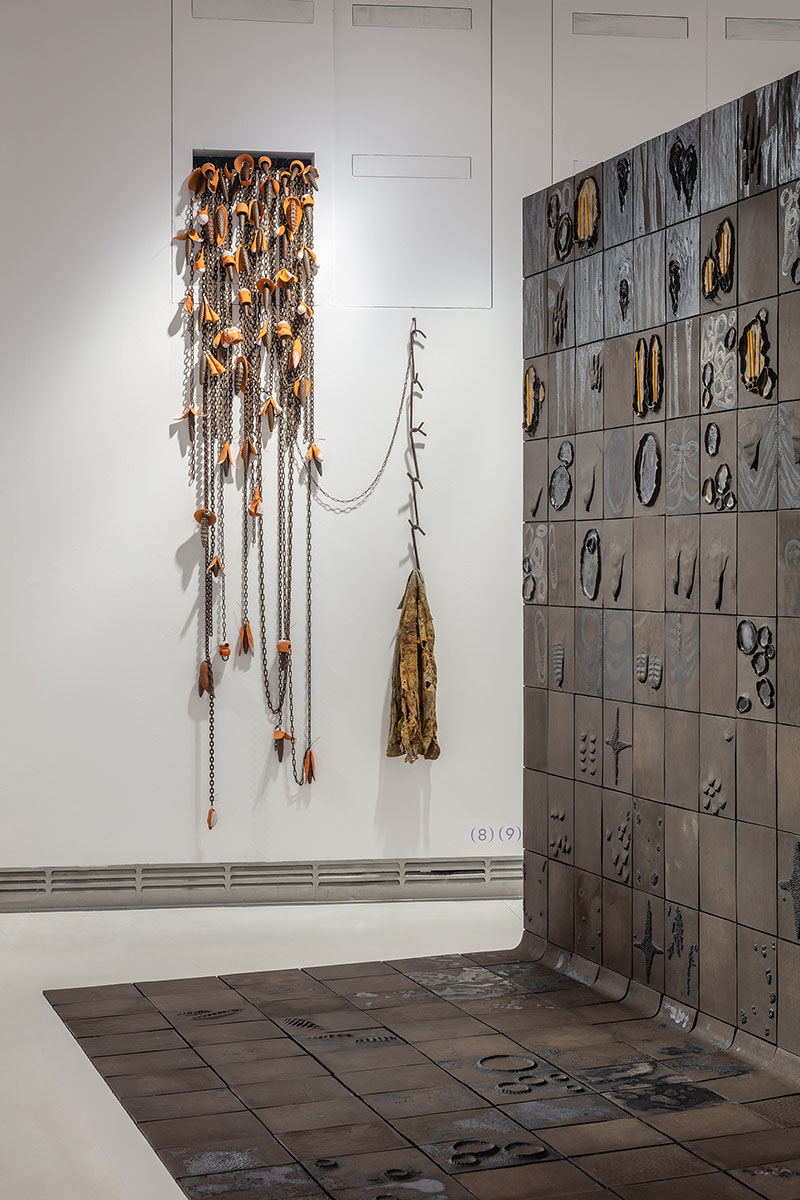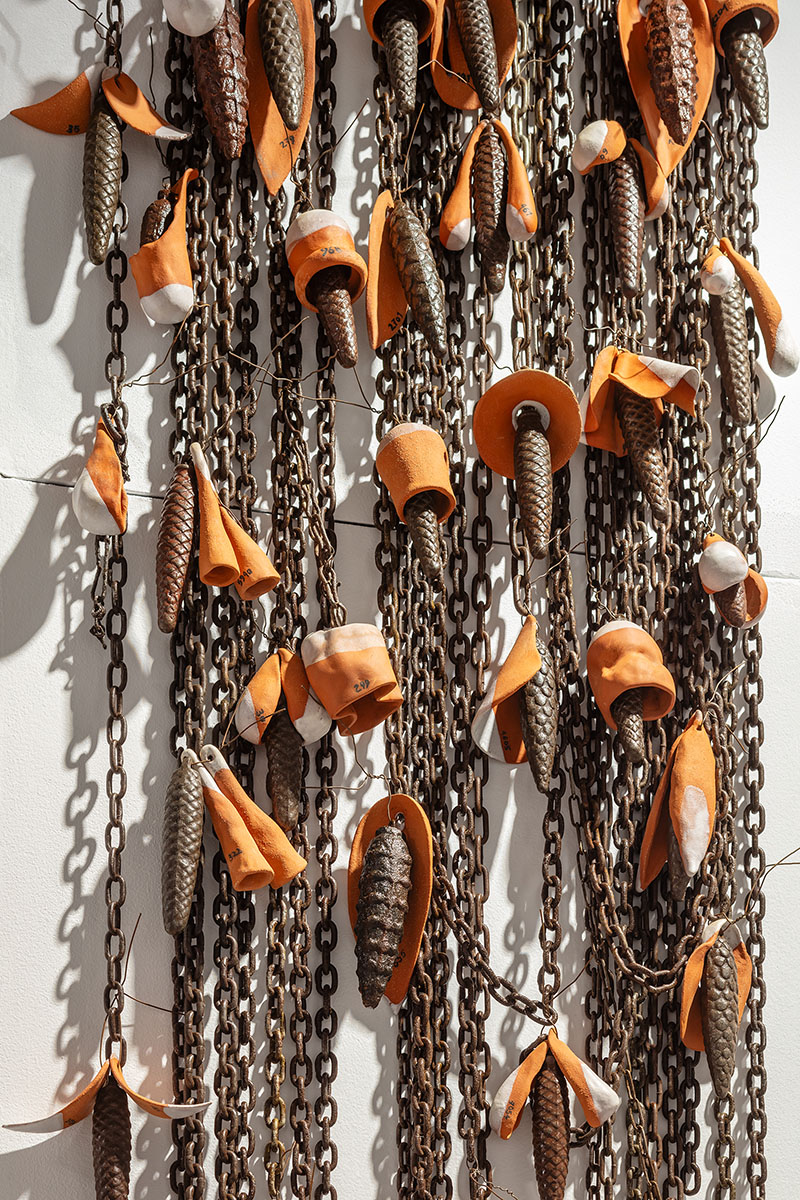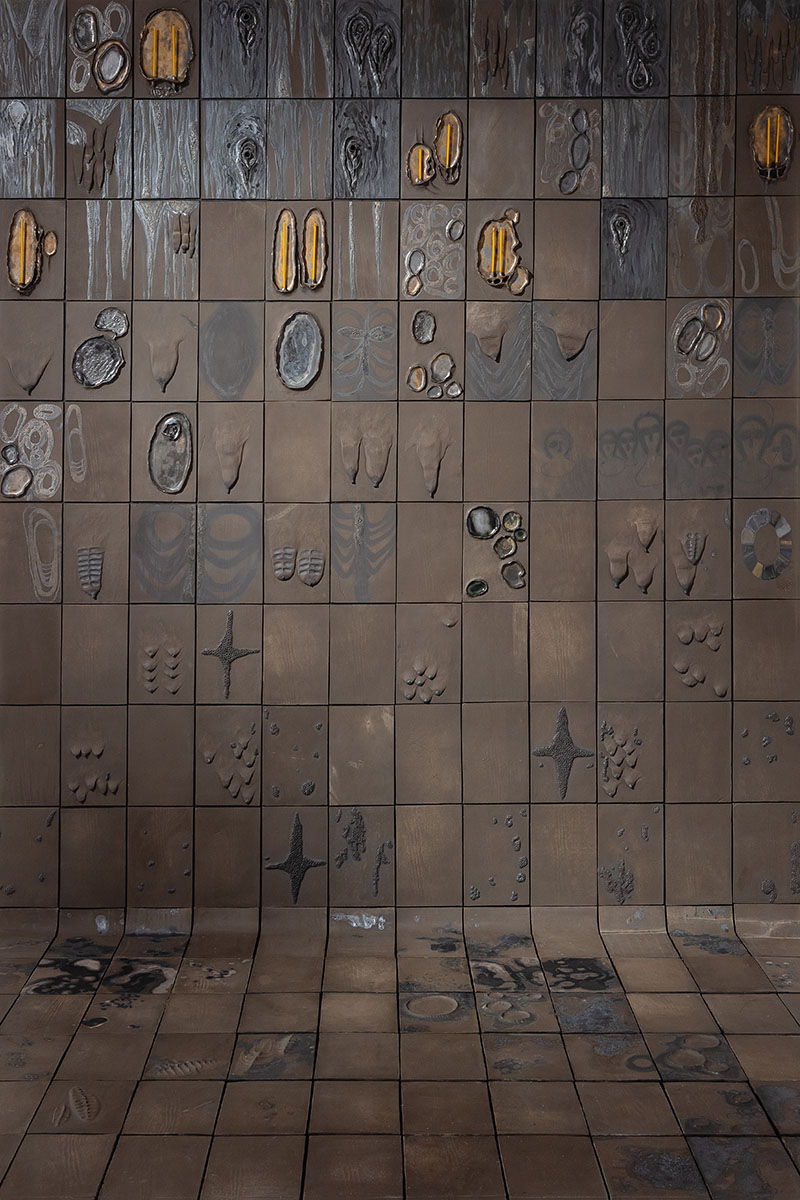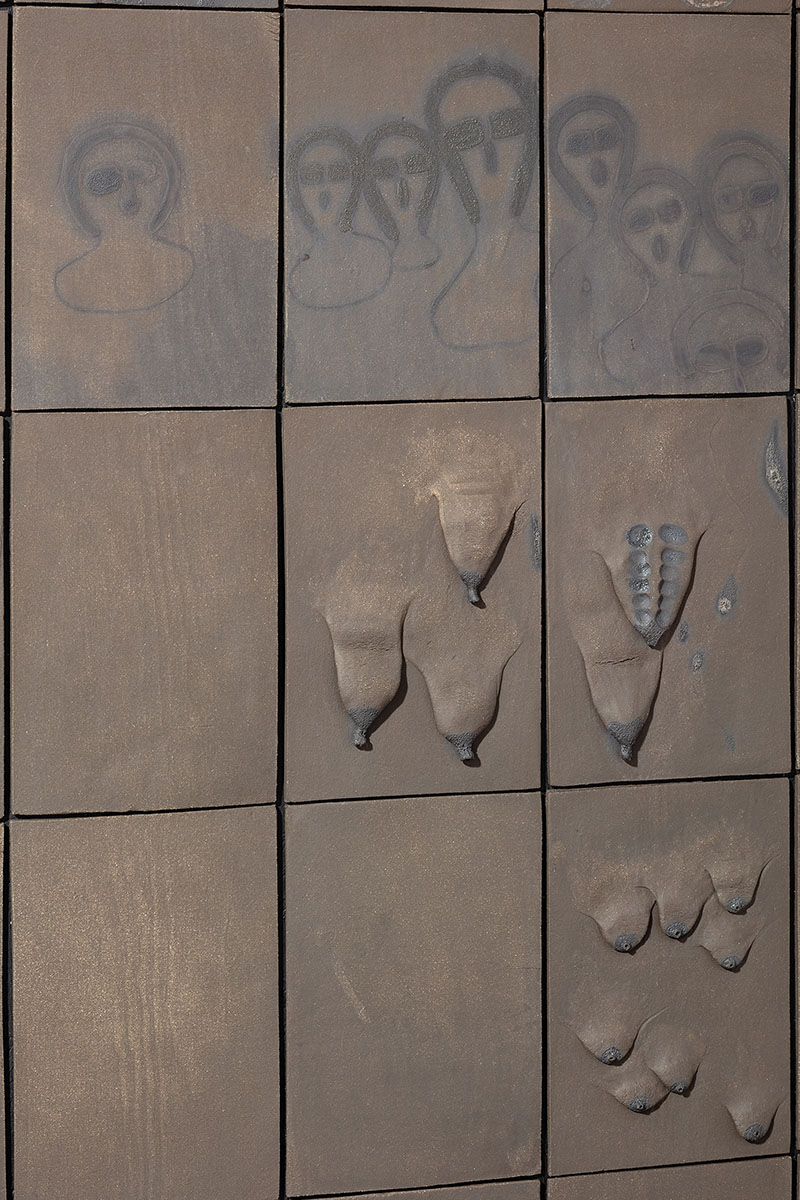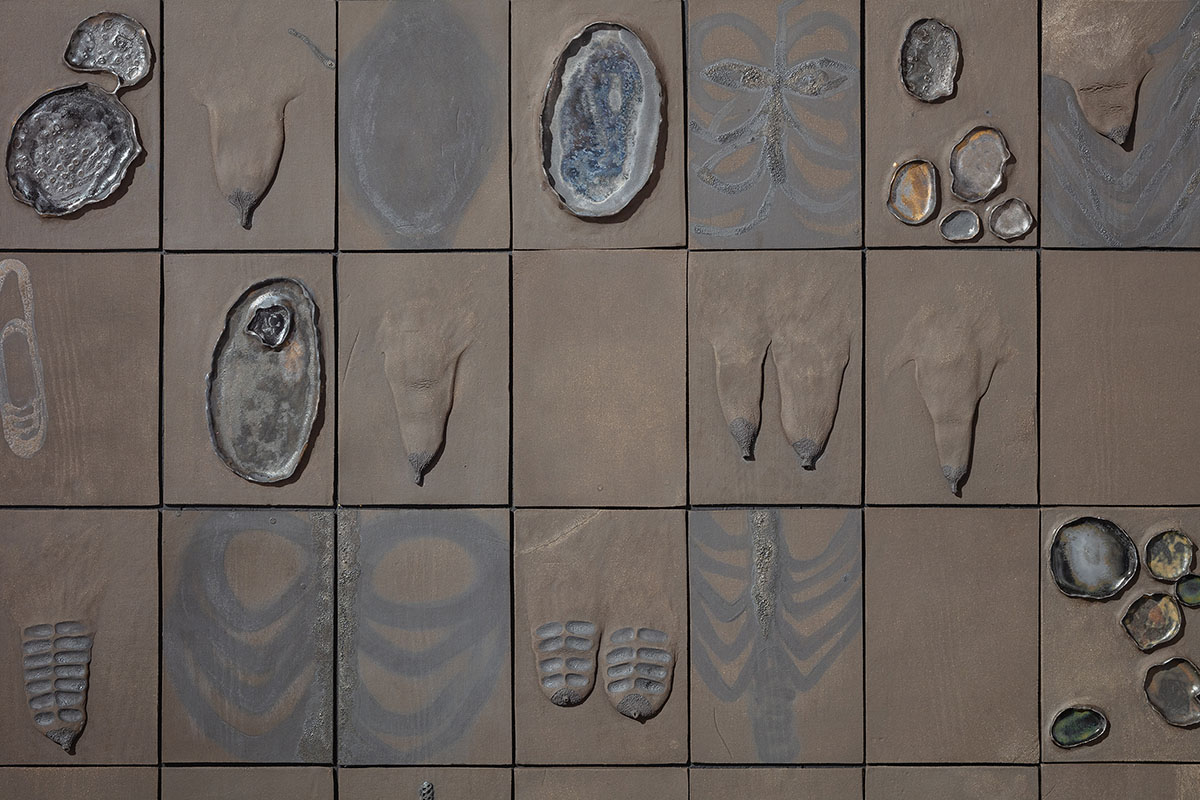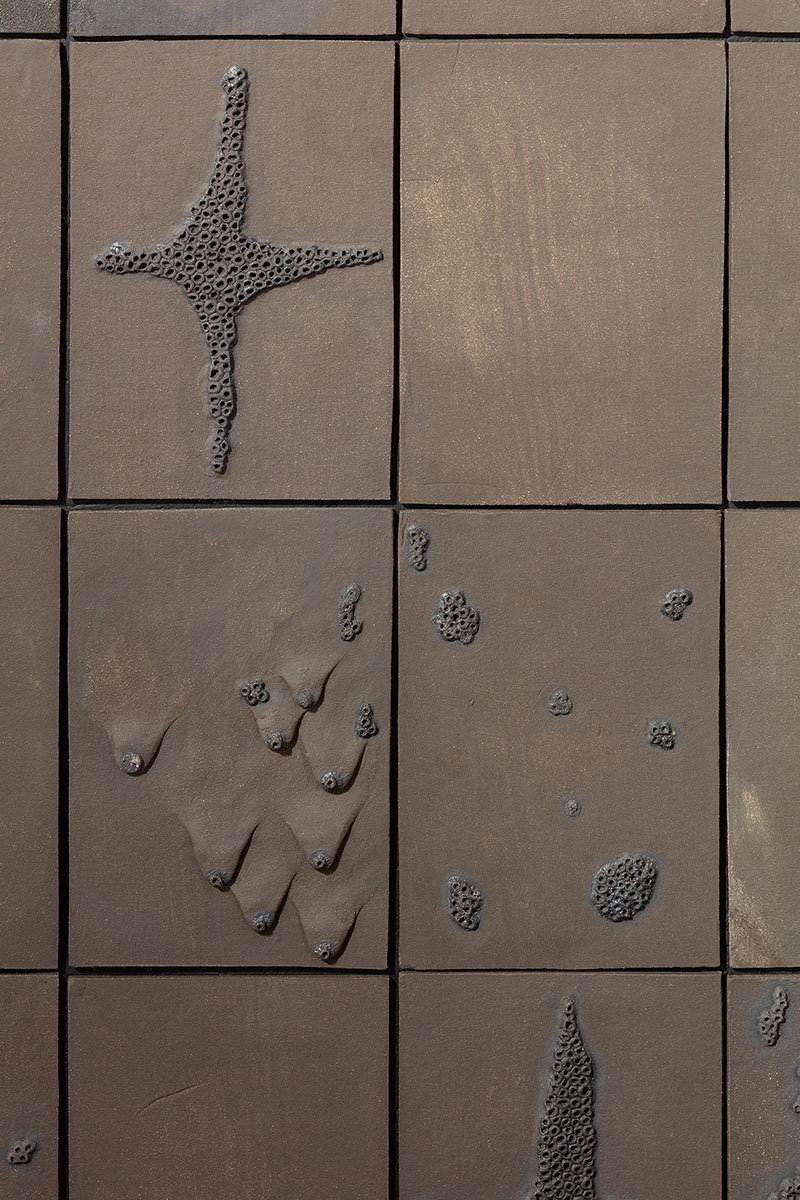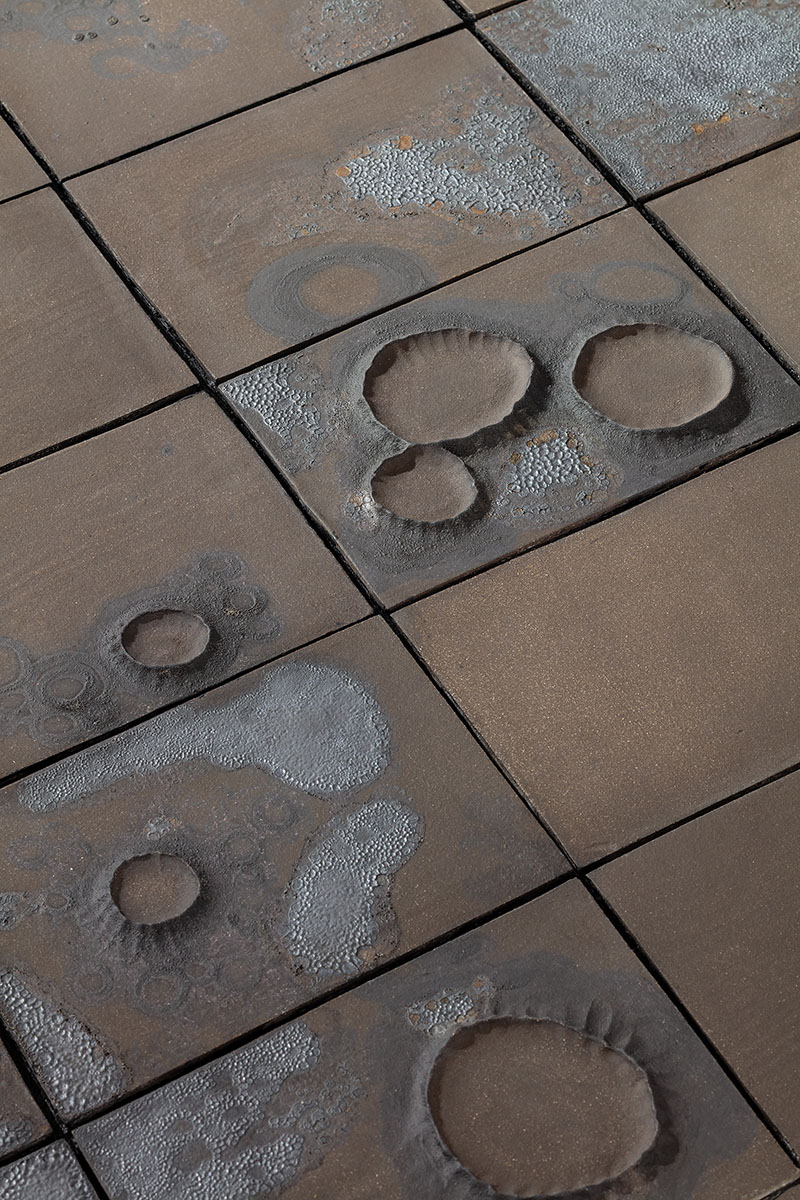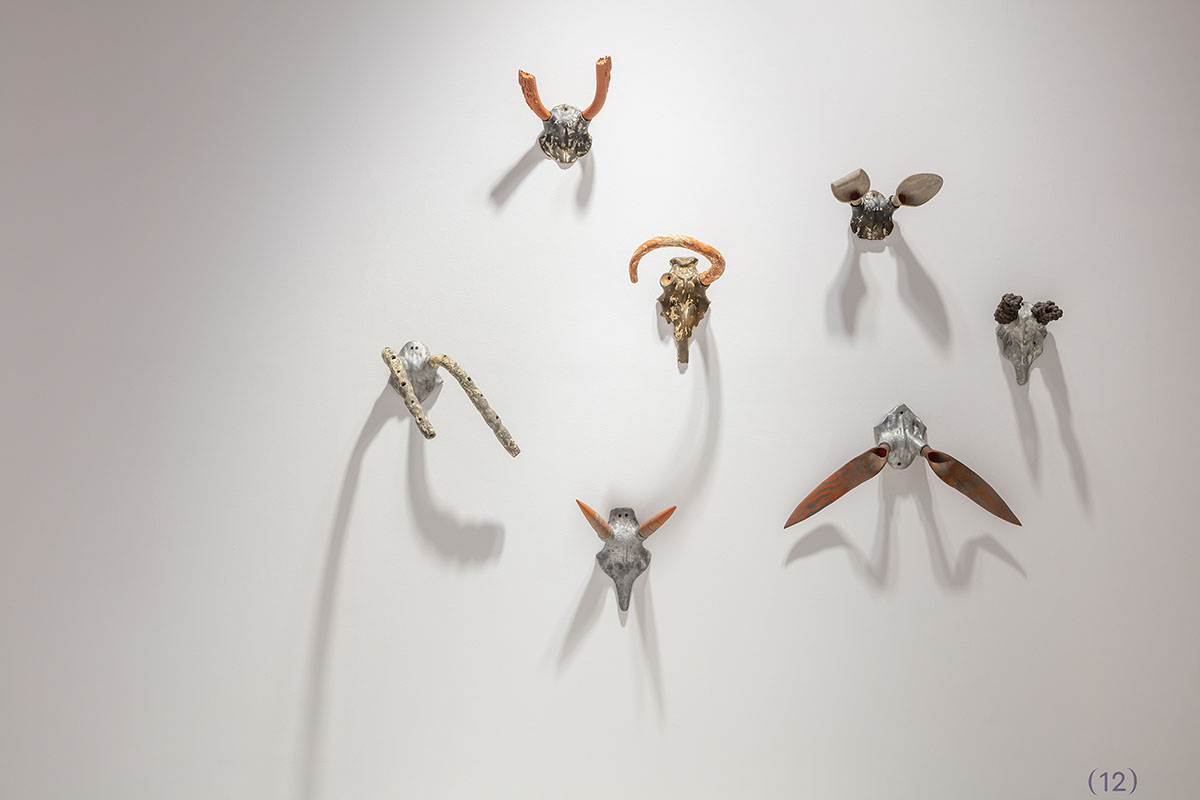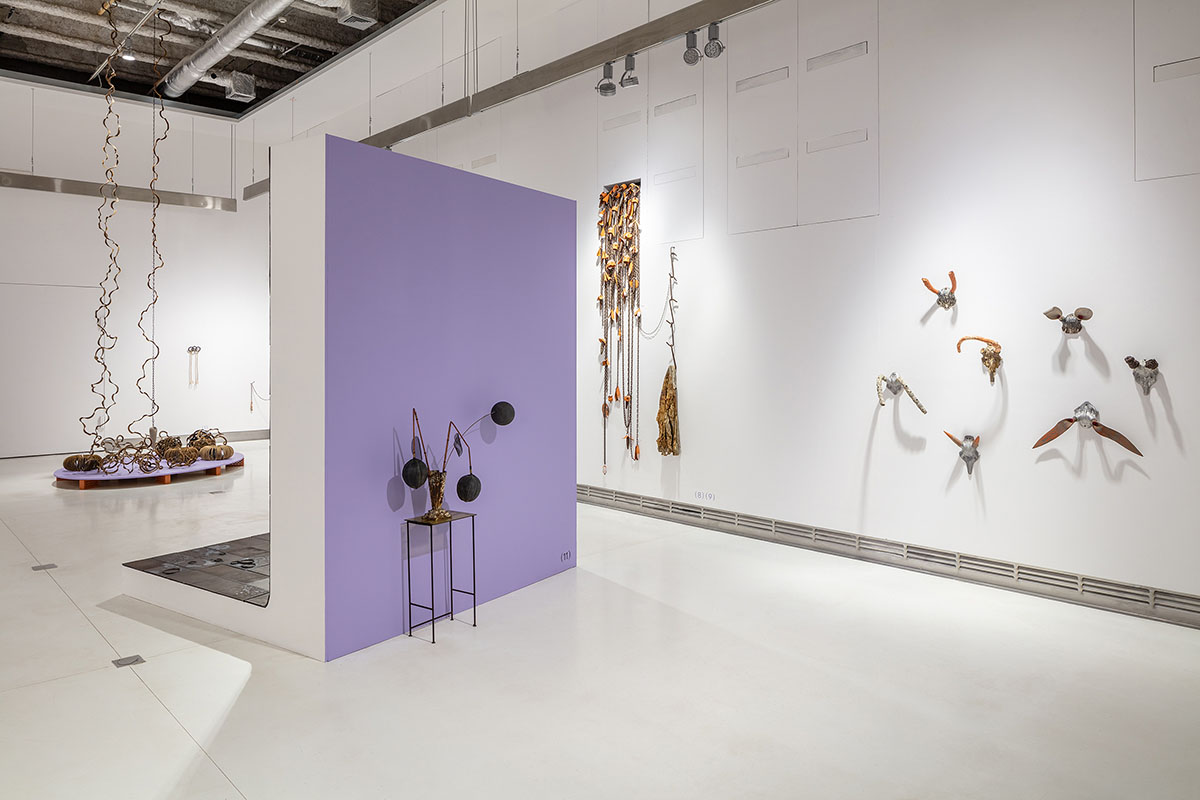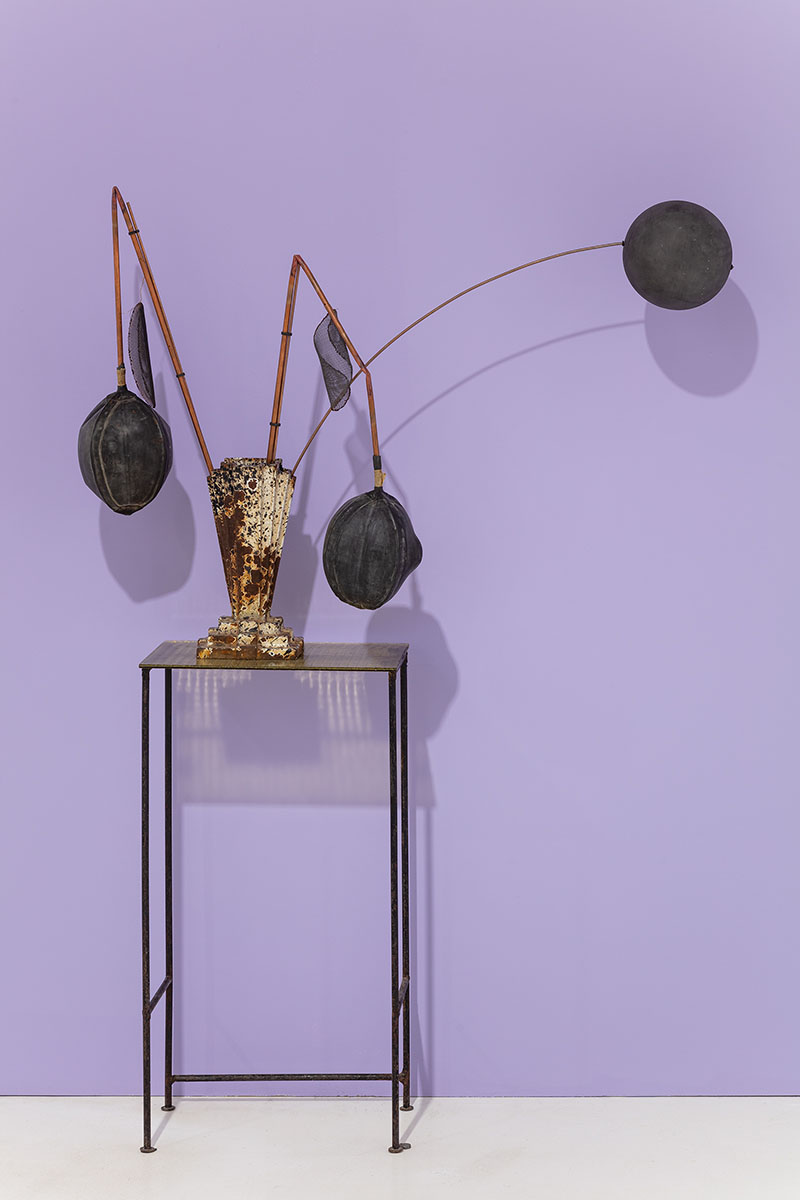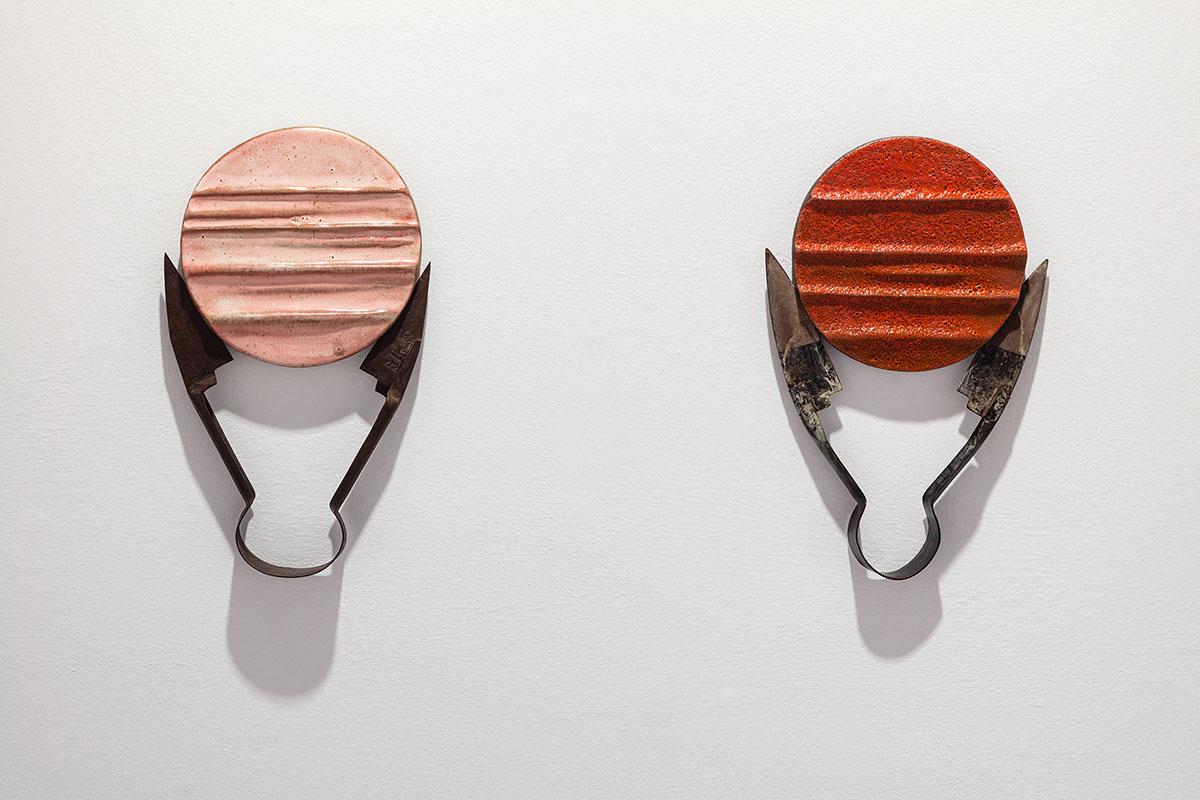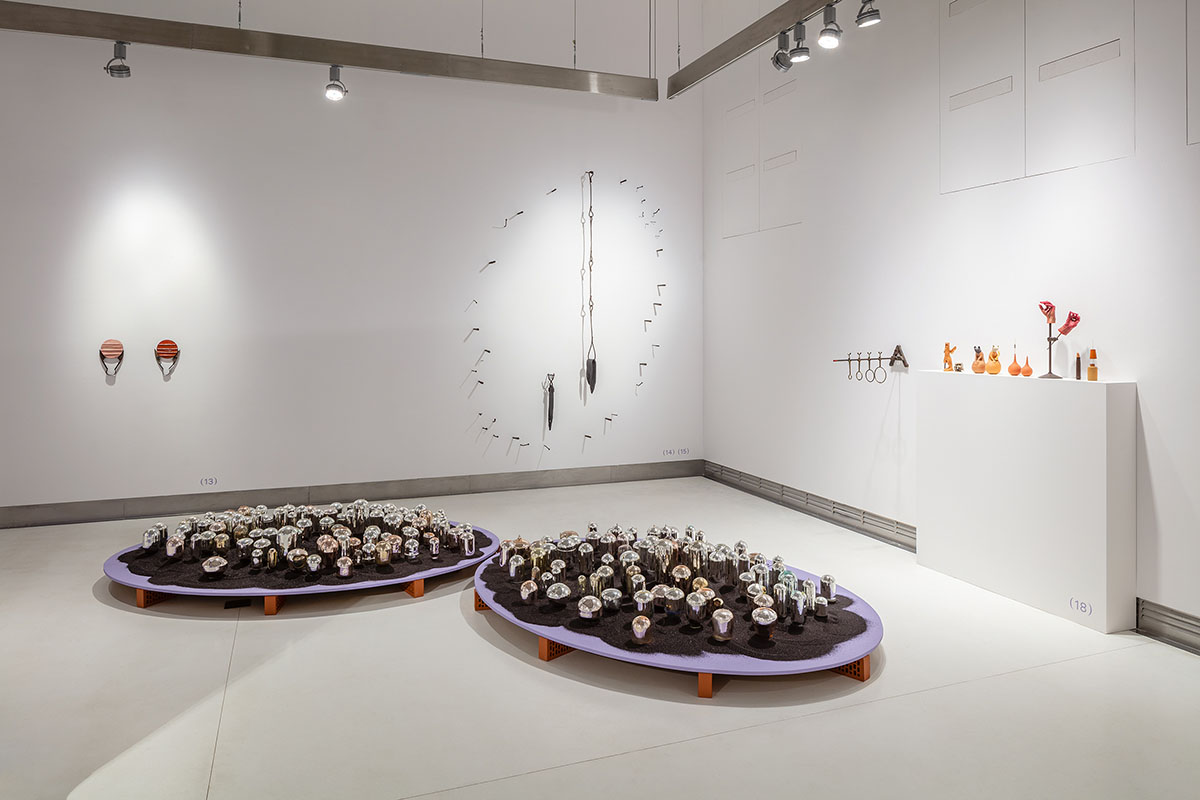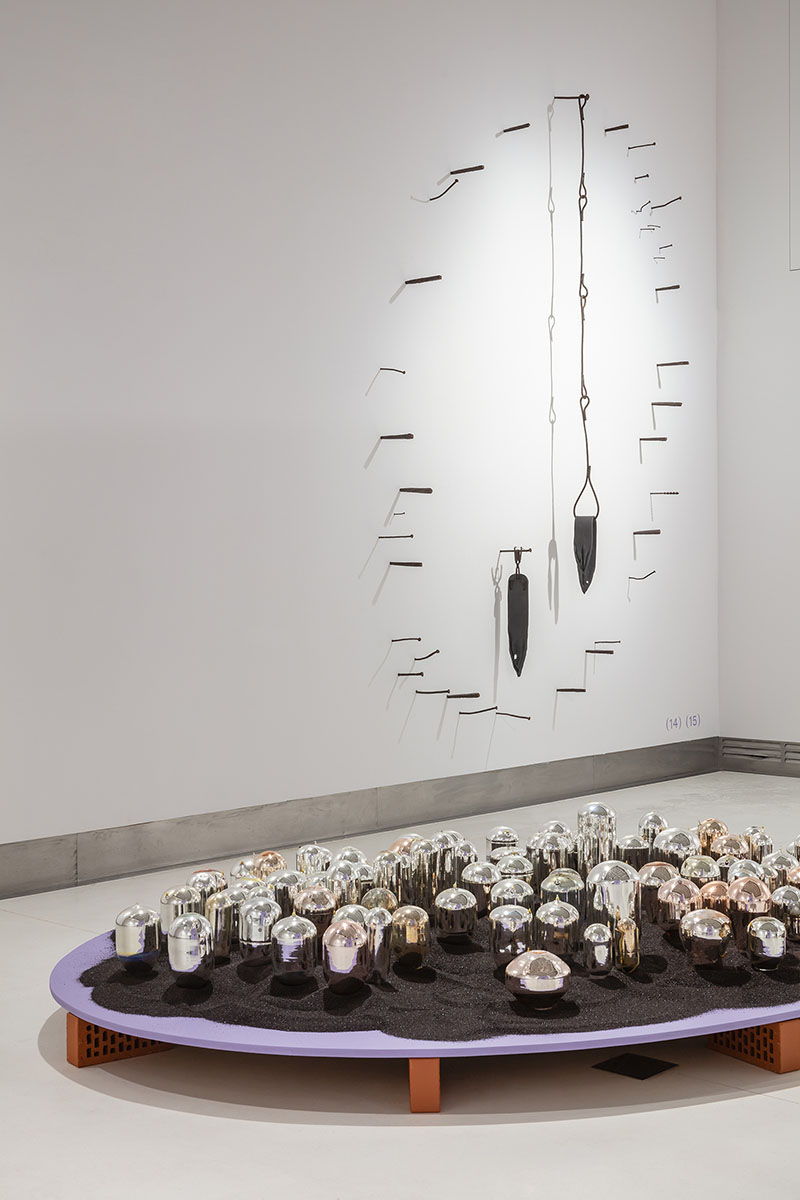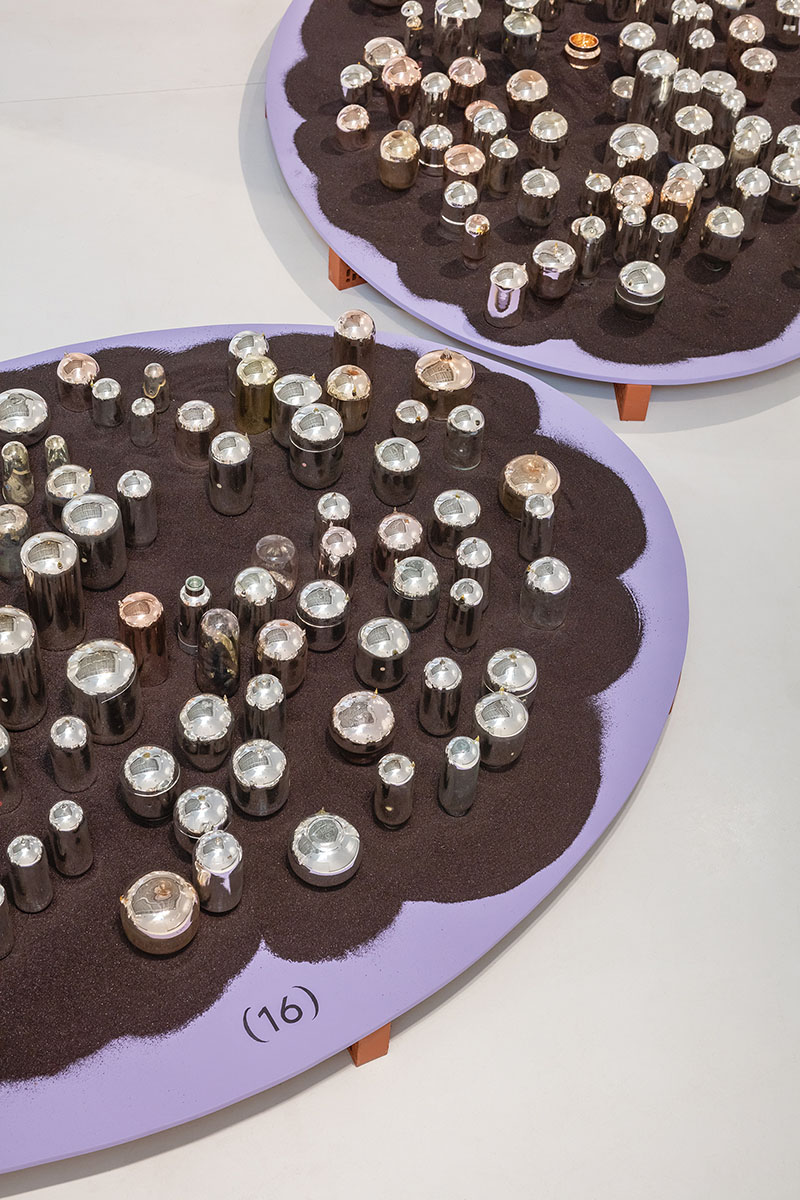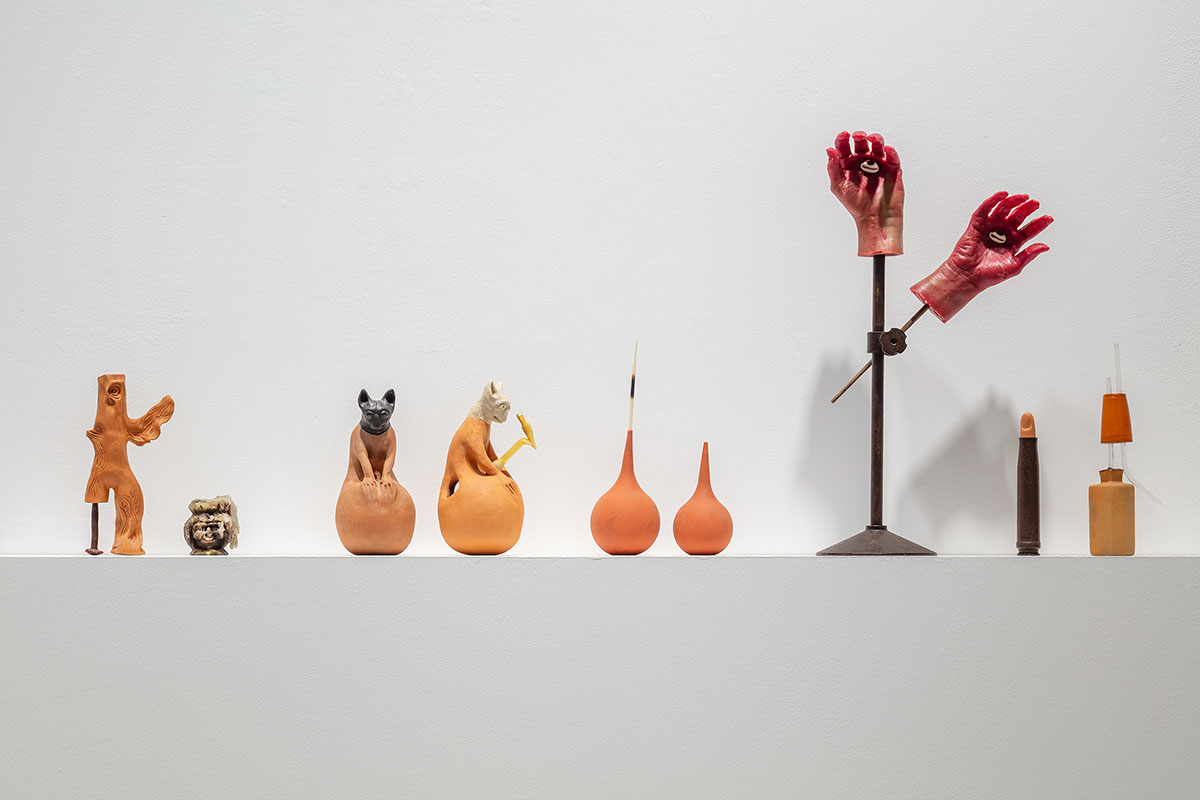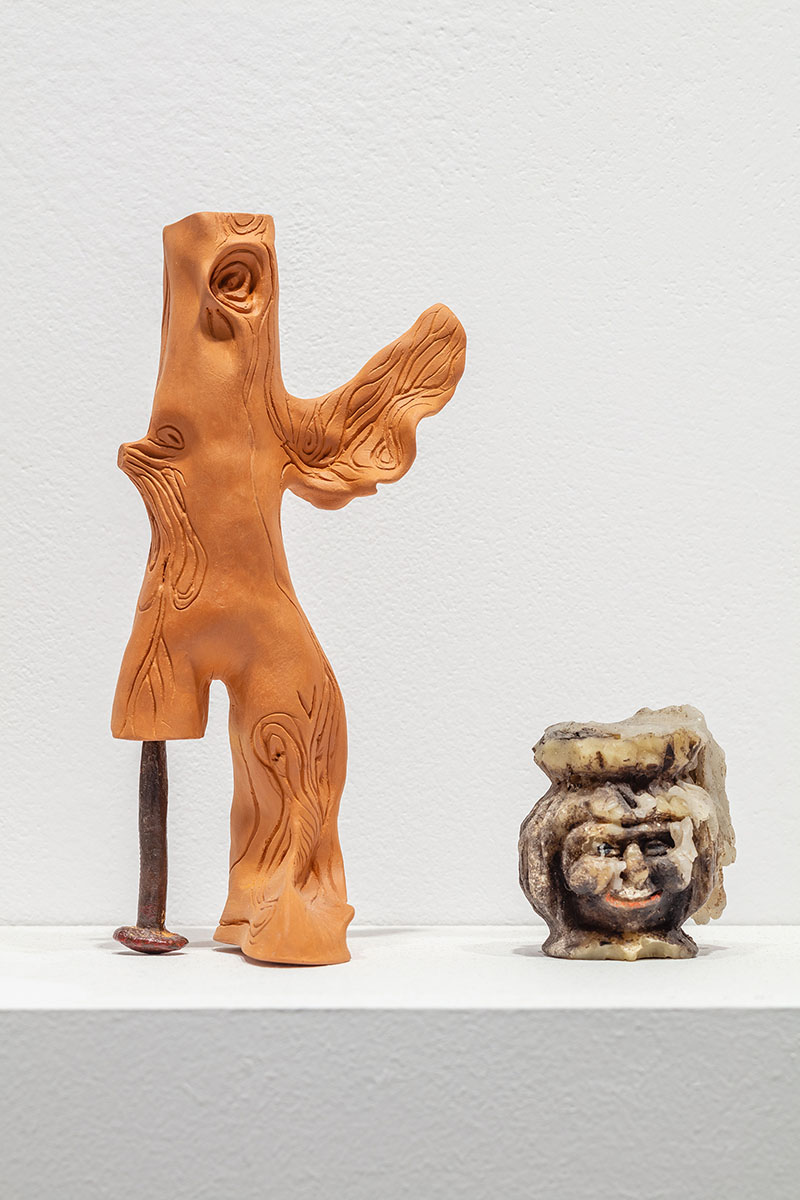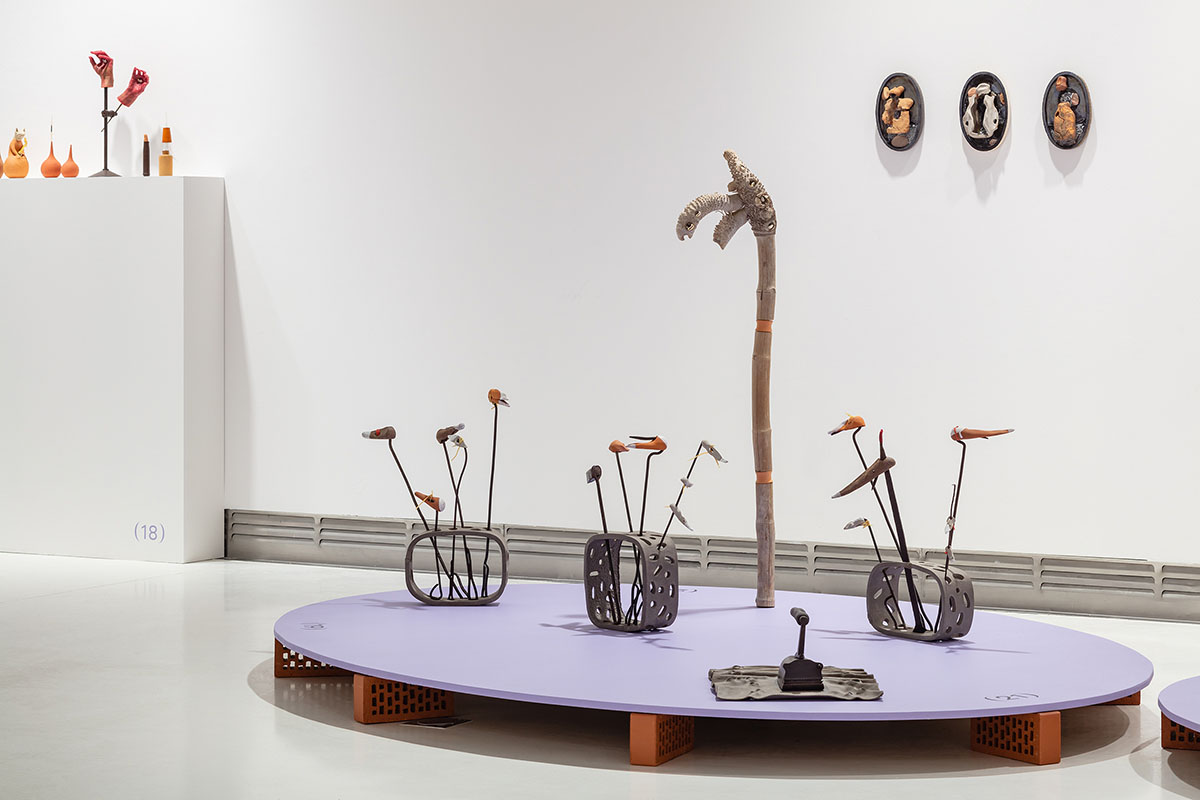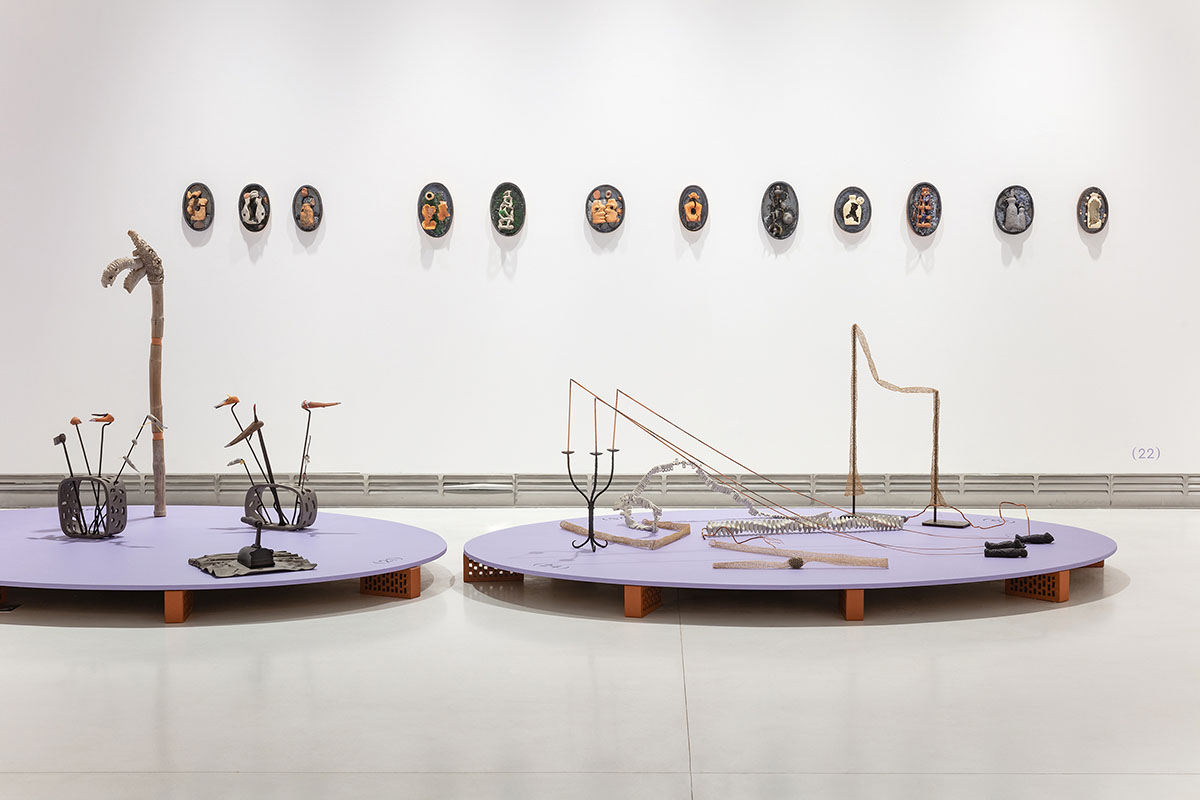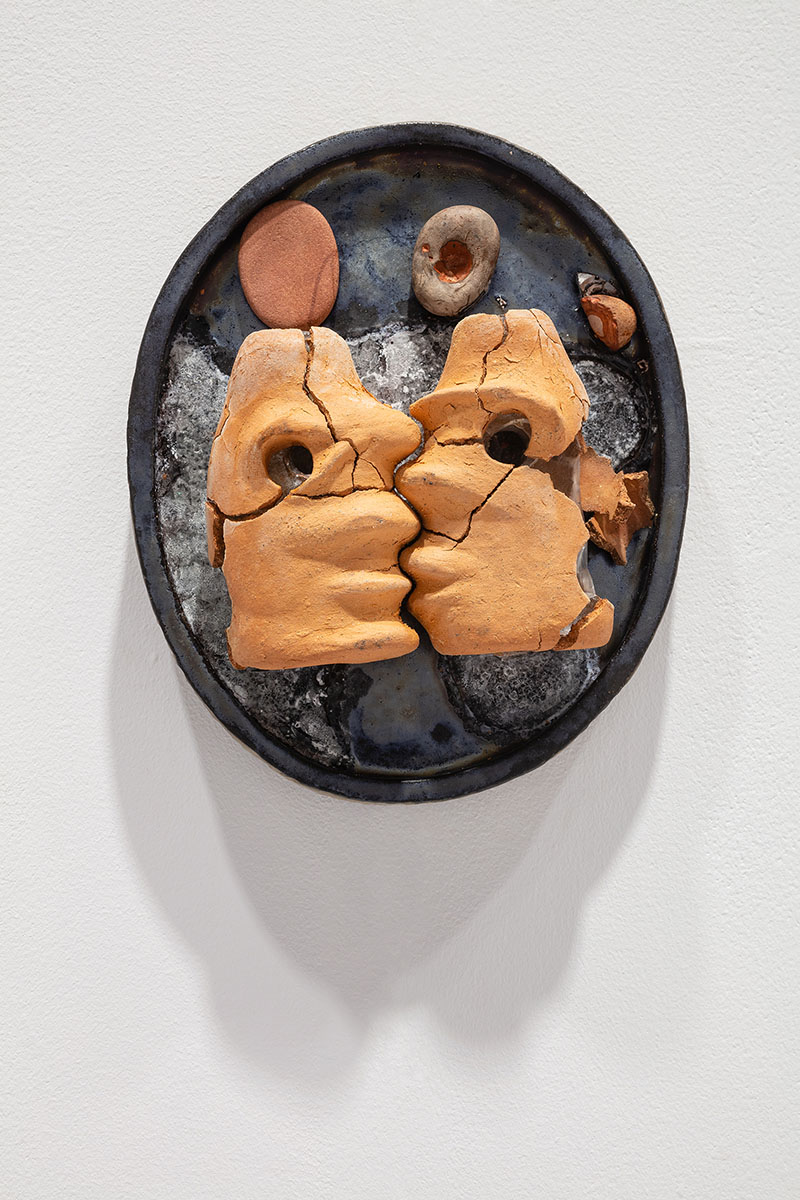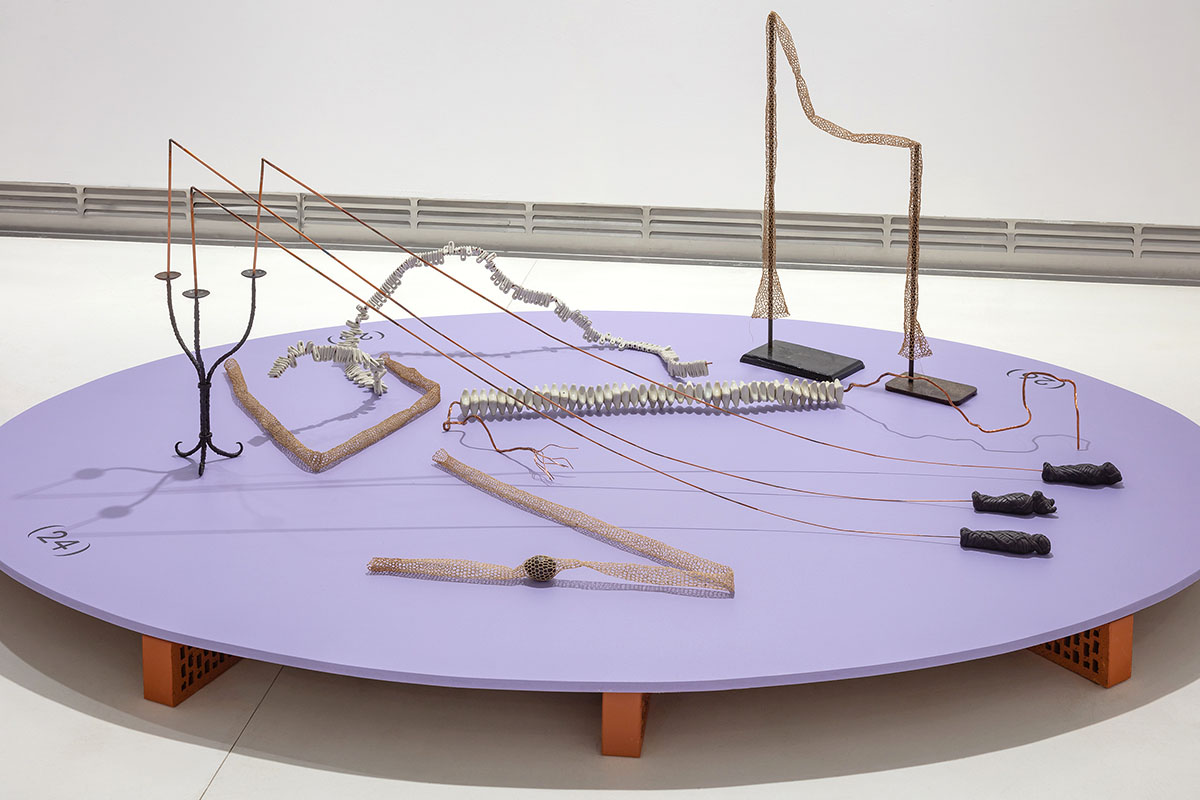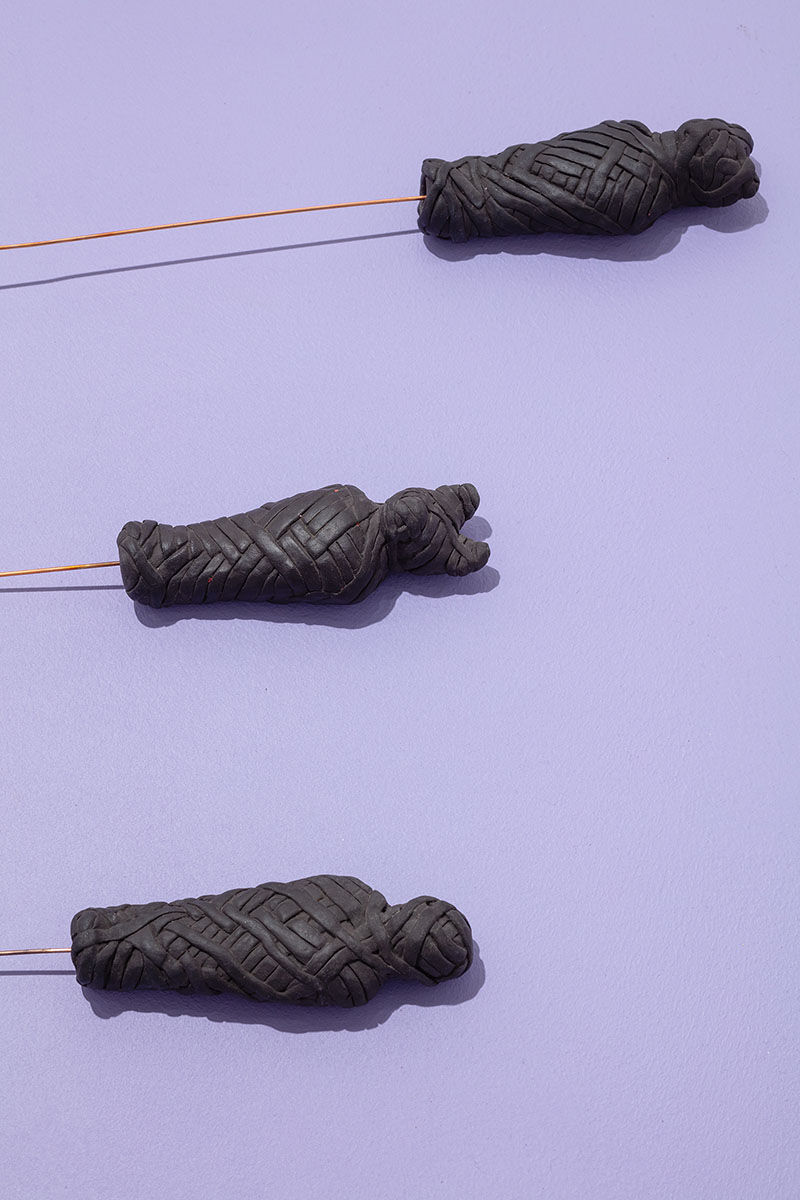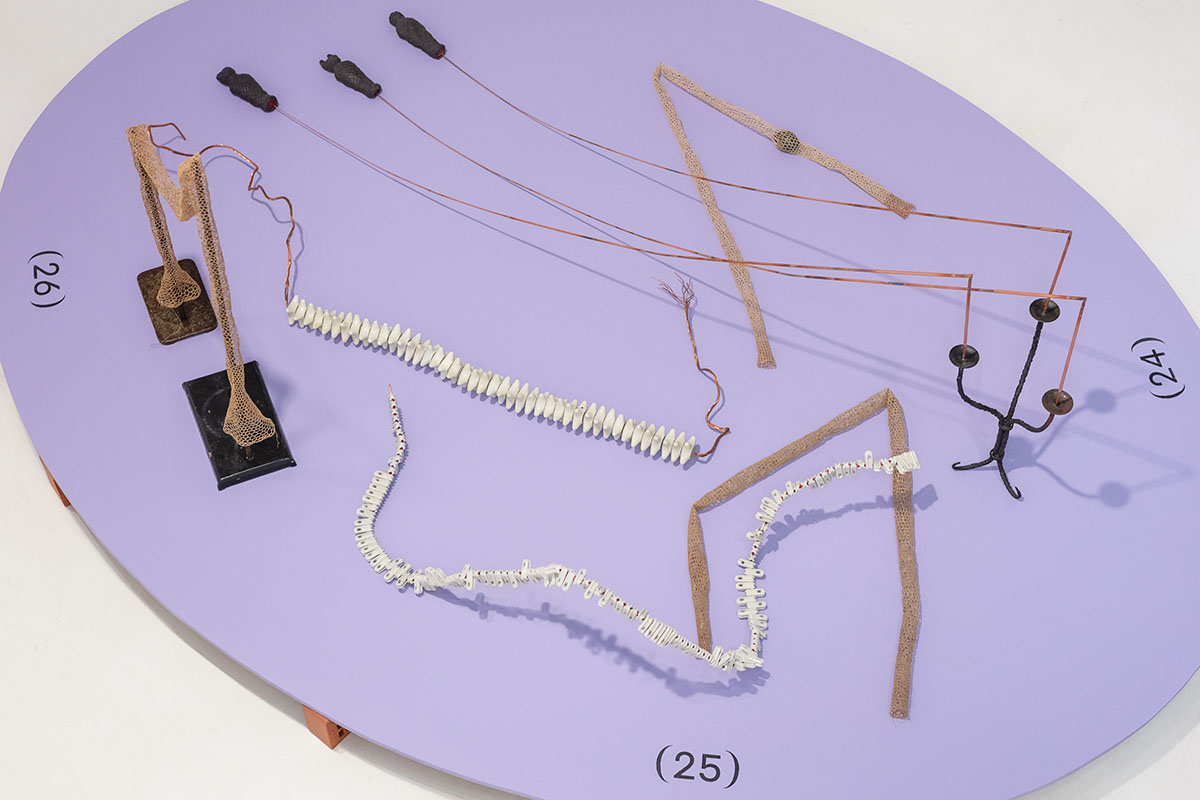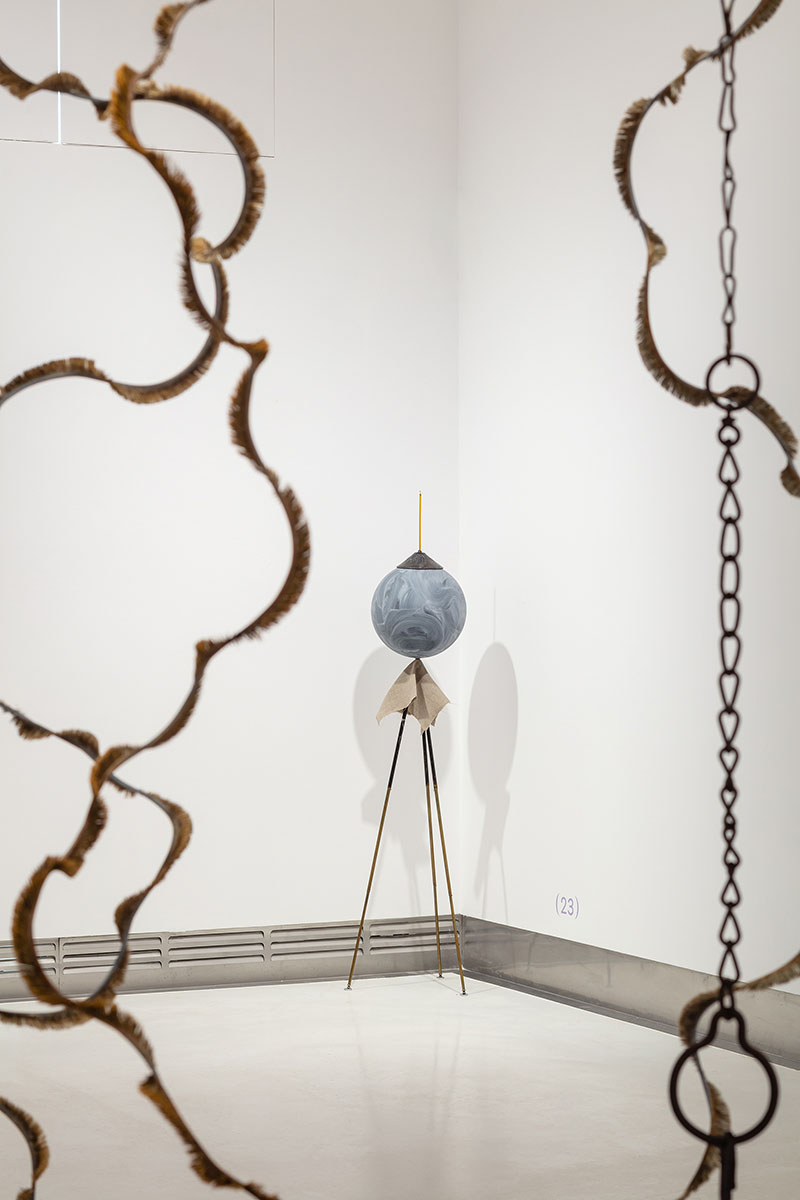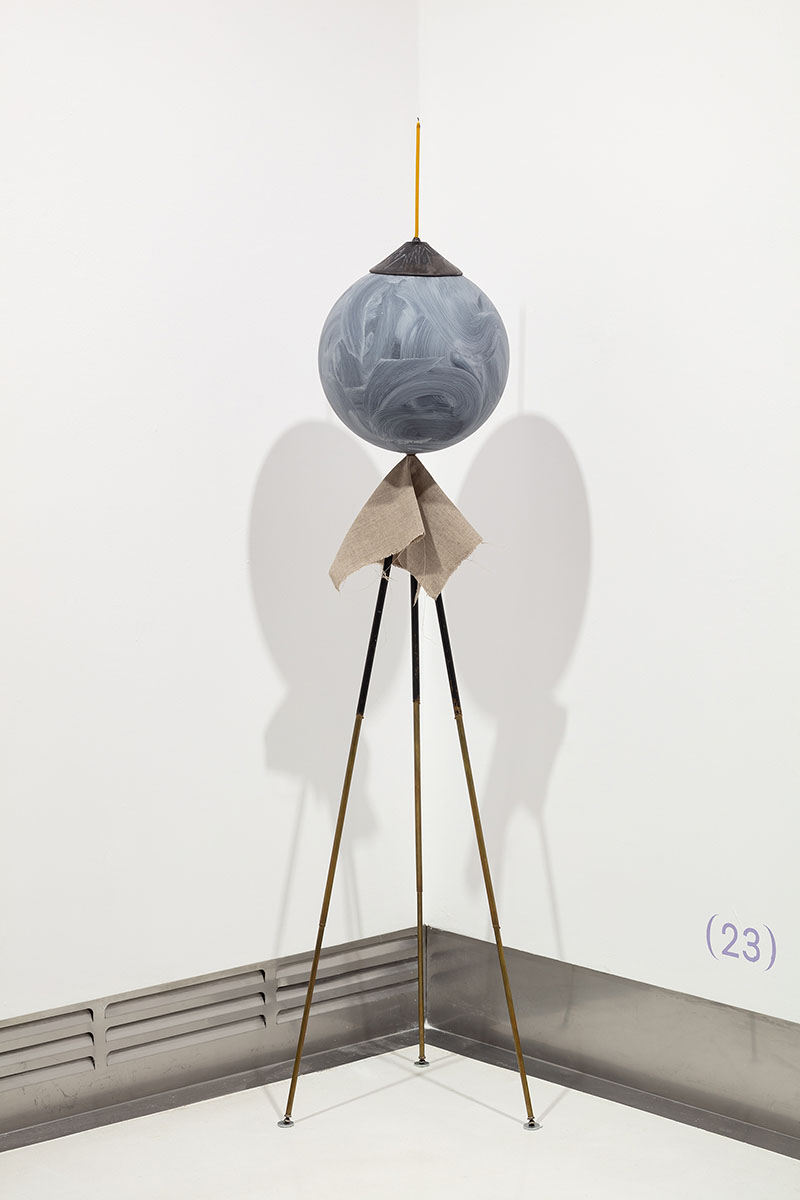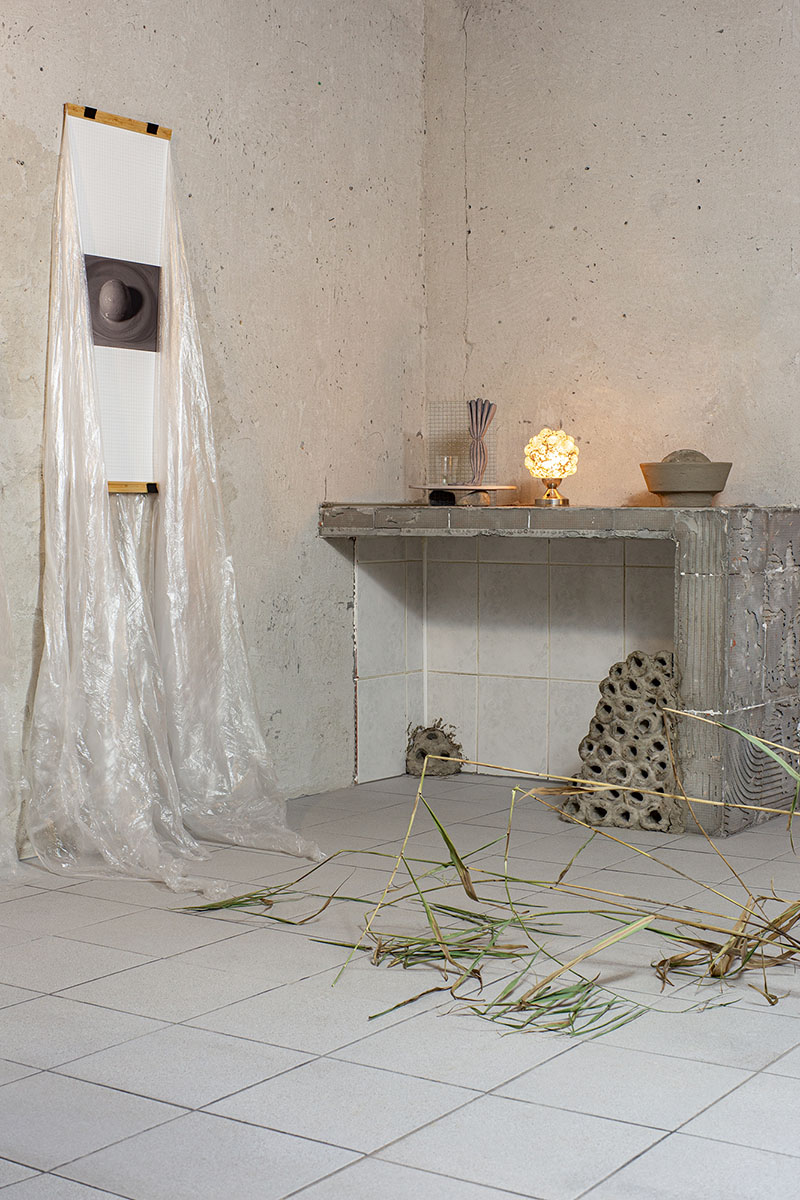“Dry Season”
September 13–November 10, 2024
Centre for Contemporary Art Laznia 2 | Gdańsk
curators: Aleksandra Księżopolska, Marta Koniarska | dramaturgy: Zuzanna BojdaLife and dying are situated in relationships—it is through relationships that time is told. The variability on earth creates unexpected interdependencies between humans and non-humans, redirecting attention from subjective human life to new forms of (co)existence. The title of Patrycja Orzechowska’s solo exhibition Dry Season refers to climate change, which affects the lives of all beings—human and non-human. Primarily, it denotes a time of scarcity, alluding to the cyclicality of nature. In the spirit of vitalism, “life inevitably turns into life;” existence never ends but constantly morphs requiring frequent role changes.
Patrycja Orzechowska, in her work, becomes an archaeologist. She digs into the ground, explores cellars, and immerses herself in the darkness to find forgotten objects. Their voices are sometimes a fading echo of bygone traditions, and sometimes a foreign-sounding song from a distant future. Believing in the reincarnation of things, the artist examines the potential embedded in the matter of her micro-excavations. She intuitively follows the shape and texture of objects, combining seemingly unrelated elements into a new story. Everything is bound by clay—an earthy force most variable in its constancy. It is a space where life happens and life itself, the main protagonist of the exhibition, is hidden between meanings, holding knowledge different from that contained in words—embodied knowledge. The title of the artist’s largest ceramic work, Terra Matter also refers to the matter and issues of the earth. The modular installation made of ceramic tiles is a kind of stage, inviting the exchange of energy by activating the senses and coexisting with the object. The narrative of the exhibition leads deep into the subconscious—to deep time, where new existences are constantly forming and where the whispers of our very distant ancestors hide, sometimes speaking through the body, most often in times of crisis.
I will take you on this journey, building the dramaturgy of the exhibition from the speculative perspective of the object. Don’t worry; I will only suggest an individual path on paper, a voice from the past and future in the form of a map composed of fabricated dialogues, poetic monologues, or even ancient choruses of things. Although I use words, what matters to me is what doesn’t fit within them. Language is a tool for entering an experience—for confronting situations that resemble those already told but are newer and thus unnameable—requiring quick adaptation and building unconventional relationships. What attracts me in Patrycja Orzechowska’s works is ambiguity. I recognize the function of the object given by humans but also see a certain non-locality, the duplicity of things that frees itself from human control. Matter is an element of change, undermining any patterns and schemes. It suggests new forms of kinship, revealing common interests and dependencies of humans and non-human actors.
you take me in with your gaze, you know you don’t know me, but you remember something, I remind you of something, you don’t have to name me, we exchange energy and although you don’t notice it now, we become close, we can help each other and we can destroy each other
Text by Zuzanna Bojda
Translated by Gabriela Shacklock
Collaboration: Lila Bosowska
Photos by Daniel Rumiancew


